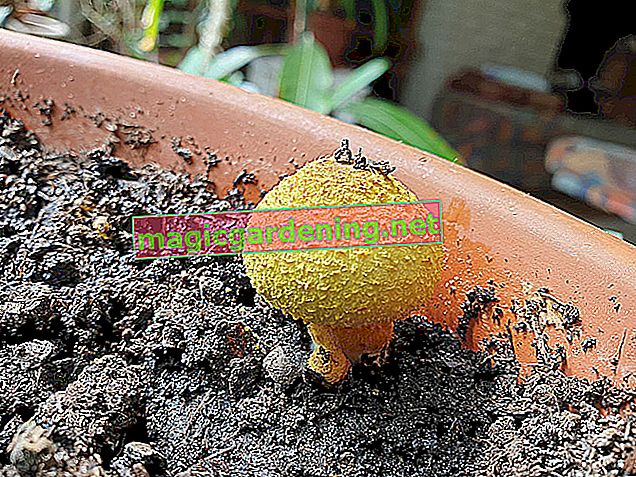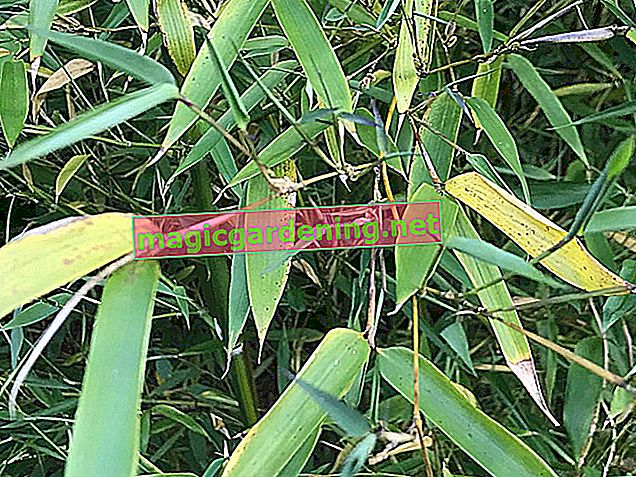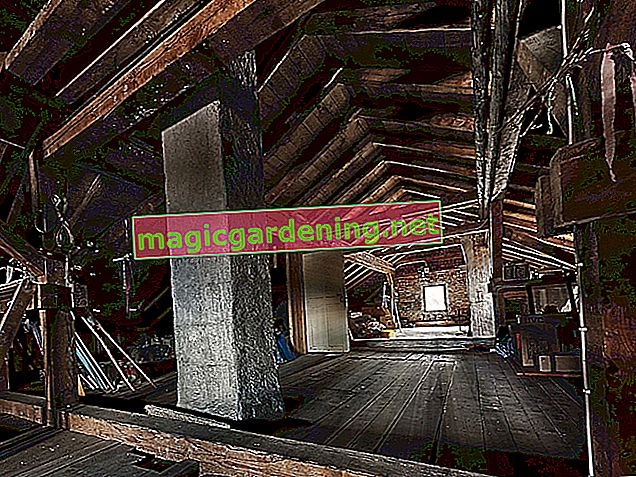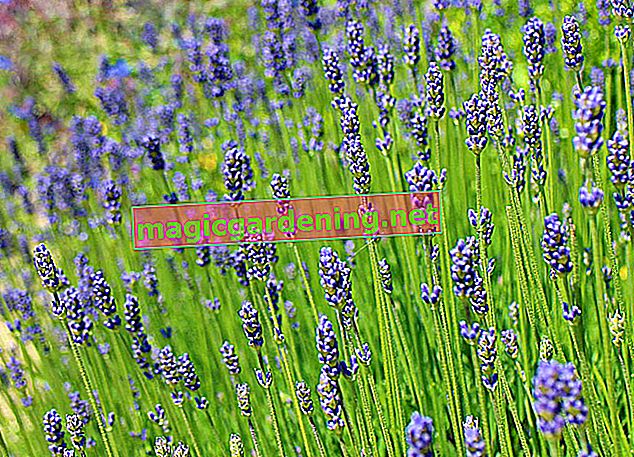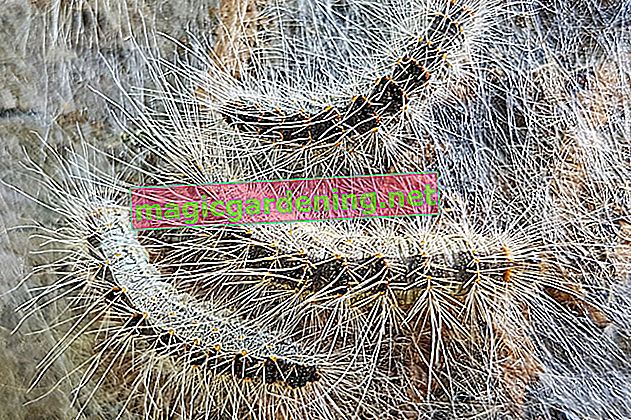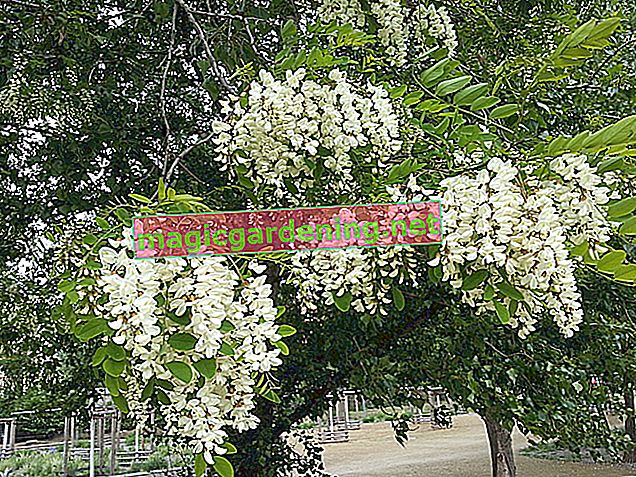
Features of the spines
- reddish brown color
- up to three inches long
Where are the spines of the robinia?
You can find the spines of the black locust on its branches. These are actually the stipules, which are formed as pointed thorns.
also read
- The robinia is beautiful to look at, but poisonous
- Everything about the leaves of the black locust
- Tips and instructions for cutting a robinia
Be careful when cutting
As beautiful as a robinia may be, the spines make it difficult to care for. Fortunately, pruning is usually not necessary, but if you want to keep the growth low, you should be very careful when working on the robinia so as not to injure yourself.
- Before purchasing the deciduous tree, consider carefully whether you accept the risk of injury from children playing, for example
- always wear gloves when thinning the crown
It almost seems as if the nature of the robinia gave a double protective function against human interference. In addition to the sharp thorns, the plant parts also contain toxic substances. So be especially careful if you have already injured your spines. If the toxic substances get into the wound, there is a risk of health complications.
Are there also locust trees without spines?
Do you own a robinia and are wondering why this article warns against the sharp spikes so urgently? You cannot see the thorns on your deciduous tree. In very rare cases, locust trees really do not develop any thorns. Then it is less a cultivated form, but rather one of the following possibilities:
- Your robinia is already very old
- Your robinia was not grown from a runners, but from seedlings
As a rule, mainly young shoots have the pointed spines. Old plants that have been cut back many times are slowly ceasing to grow. In addition, plant experts suspect that the formation of thorns in specimens from seedlings is less common than in the usual extraction from runners.



